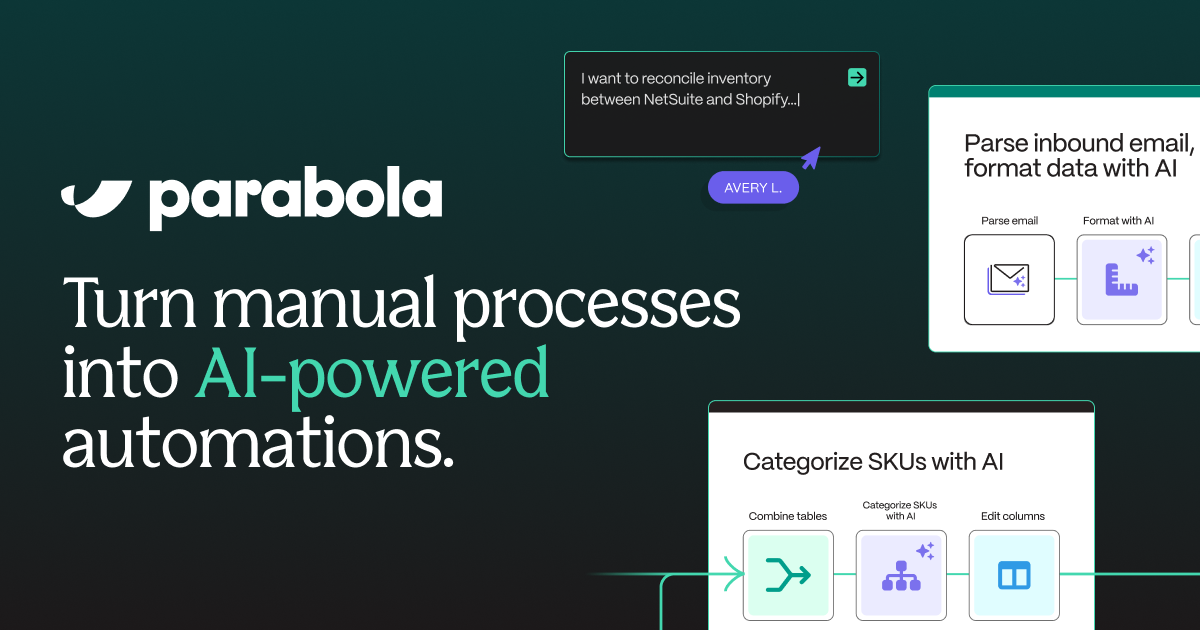Transpose and Pivot Your CSV Data – Free Template
Transpose and pivot your CSV data without writing a single line of code.

Transpose and pivot your CSV data without writing a single line of code.









Parabola is a powerful tool that makes it easy to work with CSV data. With Parabola, you can pull in data from any source, transform it, automate your processes, and visualize the data outputs, all without writing any code.
Some of the key benefits of using Parabola to work with CSV data include:
In Parabola, retrieving data from CSV files is straightforward and flexible. The platform automatically handles different CSV formats and allows you to import data from various sources, including cloud storage and local files.
Once you've pulled in your data, you can use the Pivot columns step to transpose and pivot the data.
Transposing and pivoting your CSV data can be incredibly useful in a variety of scenarios. Here are a few examples of how you might use these techniques in Parabola:
Suppose you have a CSV file containing sales data, with columns for product, sales amount, and date. By pivoting the data on the product column, you can create a new column for each product, making it easier to analyze sales trends and performance across different products.
If you have a CSV file with inventory data, including item, quantity, and location, you could transpose the data to switch the rows and columns. This would allow you to easily see the current inventory levels for each location, making it simpler to identify and address any imbalances or shortages.
When running multiple marketing campaigns, you might have a CSV file with data on campaign name, channel, impressions, clicks, and conversions. By pivoting the data on the campaign name column, you can create a new column for each campaign, making it easier to compare the performance of your different marketing initiatives.
In conclusion, transposing and pivoting your CSV data using Parabola can be a powerful way to restructure and analyze your data, leading to valuable insights and more informed decision-making. Whether you're working with sales, inventory, marketing, or any other type of data, Parabola's intuitive interface and robust data transformation capabilities make it a valuable tool for any data-driven organization.








Request a demo and see how Parabola can automate
your most manual SOPs.